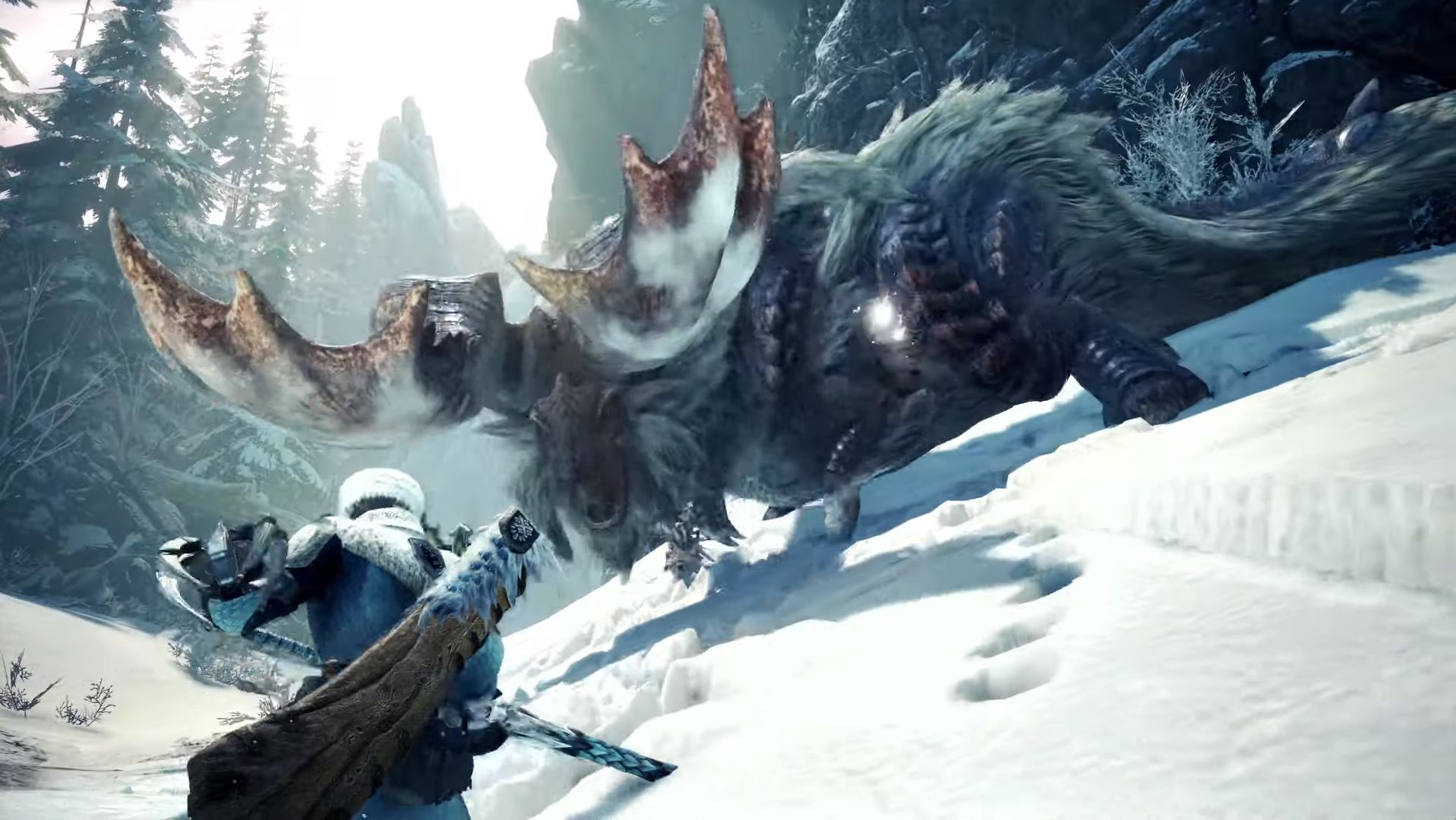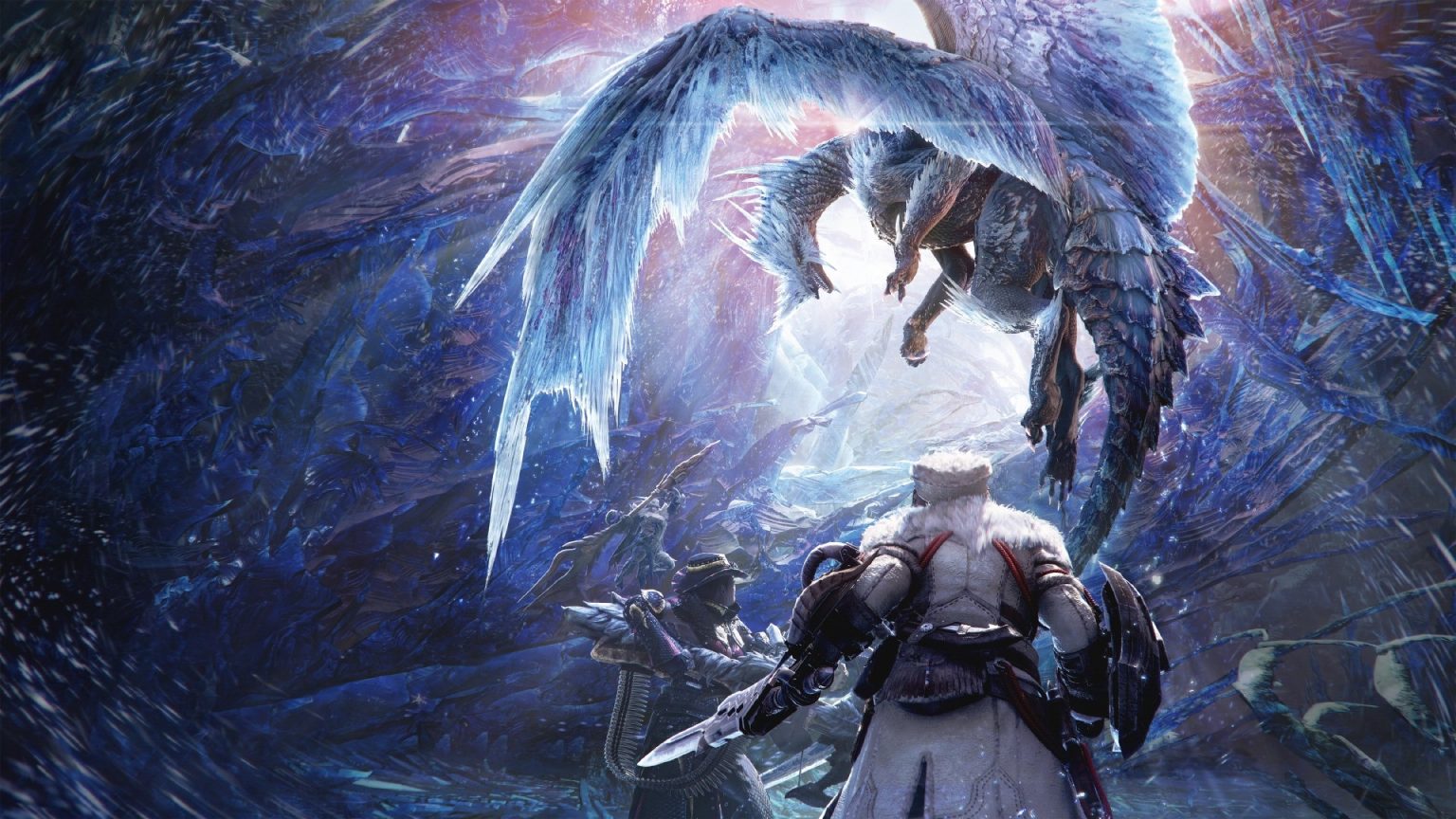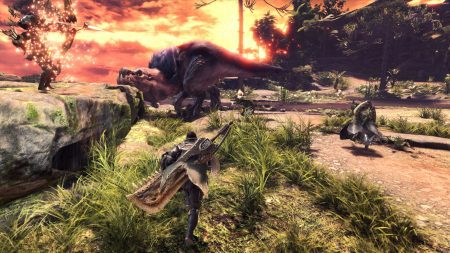Monster Hunter World: Iceborne is the Real Deal
Monster Hunter World: Iceborne is an expansion done right. A standalone follow-up to 2018’s Monster Hunter World, MHW: Iceborne keeps all the incredible elements of the base game while adding numerous quality of life improvements, incredible and difficult fights, and a cavalcade of end-game content to keep players well and truly happy, even after the story has wrapped up.
This year had already been very successful for Capcom, with the release of the phenomenal Resident Evil 2 Remake and the outrageously fun Devil May Cry 5. It really has been a huge return to form for Capcom, and yet, perhaps nothing is more telling of this than last month’s Iceborne: a beautifully and intricately designed expansion that offers incredible fights and challenging — if not downright punishing — difficulty.
Monster Hunter World launched with 28 monsters, and has since seen five free monsters added to the game’s roster of beasties, including fan favorite Deviljho, an angry pickle with an appetite almost as big as mine… almost. I spent well over 500 hours in the base game and never grew tired of it. The combat was so fluid and fun that even fighting the same monster multiple times for that one elusive material drop was never a chore.
As if the base game and its tie-in monsters — including the leshen from The Witcher 3 and Final Fantasy XV’s behemoth — weren’t enough, Capcom got to work on Iceborne and promised nothing short of an entire new game’s worth of content. I am happy to report that they did not disappoint.
A Whole New World
Before even launching into Iceborne’s wealth of new story content and monster hunts, players are greeted with a huge quality of life update in the form of the new “Clutch Claw” tool. The Clutch Claw lets players grapple onto specific parts of a monster and weaken them, allowing those parts to be broken much more quickly; not only that, with a bit of learning and practice, players can make monsters run head-first into walls, dealing massive damage and usually knocking the monster over.
Another small but very useful quality of life update that launched with Iceborne is the ability to fire ammo from your “slinger” with your weapon drawn. This was not a mechanic in the base-game, and it can be extremely handy to deal damage to or distract a monster with the various slinger ammo you can pick up. Being able to temporarily blind a monster with a “flashbug” in order to heal up or get a few extra hits in is now streamlined into combat with this update, and I think that’s swell.
From the very first new monster you fight in Iceborne, Beotodas, you can tell that Iceborne isn’t playing around. The introduction of a “Master Rank” (known in past Monster Hunter incarnations as the G-Rank) sets players up for a brutal difficulty spike when fighting this enormous, chainsaw-sounding snow shark, as it will test even the most skilled of Monster Hunter veterans.
Beotodas is merely the baseline of Iceborne’s difficulty, however, as every monster proceeding it ramps up the challenge even further. This becomes more prevalent than ever when you meet the mighty Barioth face to face; this is the first of three flying-wyverns you’ll encounter, and while he may be the easiest of the three, that certainly does not make him easy.

Iceborne also brings back some of the series’ flagship monsters, as well as some fan favorites, such as Nargicuga, Glavenus, and the absolutely horrific Tigrex, who can go die in a fire. (Author’s Note: Tigrex was the first monster in Iceborne to make me wipe multiple times). Iceborne doesn’t just bring back old favorites though — it introduces brand new monsters such as the Banboro, a very angry moose boy; the previously mentioned Batodas; as well as some other exciting new additions, which I’ll leave you to see for yourself.
Along with all the new and old monsters added, Iceborne introduces many new Variant and Subspecies versions of monsters. Examples include Viper Tobi-Kadachi, a new subspecies of Tobi-Kadachi with the power to both poison and paralyze the player — a real treat to fight… It’s hard to convey sarcasm over text; he’s not a treat, he’s an asshole.
Iceborne also introduces the new hub area Seliana, which is a snowy little village nestled comfortably beside the new expedition area Hoarfrost Reach. Seliana respects the player’s time by having things like the smithy and the canteen right next to each other, which you really start to appreciate after having to go up and down floors to get to vendors in Astera, the original game’s hub area.
While Iceborne’s narrative isn’t the most incredible thing ever written, it still serves as a good way of linking up all the exciting new monsters that you’ll have to fight. It even begins to portray your Player Character as the best of the best, which is well deserved if you manage to fight your way through both the base game and Iceborne’s story.
An Expansion to Lose Yourself In
I am deep into the post-story content, and I have to say that Iceborne really delivers in terms of story quests, game design, and keeping its player base happy. With the mighty Rajang (a super saiyan monkey that eats Elder Dragon horns for breakfast) just added to the game and a entire year’s worth of content still coming, Monster Hunter World: Iceborne will not only entertain its audience in the immediate aftermath of its launch, but promises to keep players coming back to team up and take on any challenges thrown at them. Needless to say, Iceborne is more than worth what I paid for it, and I can see myself becoming addicted all over again.
Now if you’ll excuse me, I have more monsters to slay.
For more on Monster Hunter World and the Iceborne expansion, check out our MHW archives.
Colin is a nerdy guy from Ireland. He has five tattoos based on games and many more planned. His favorite game of all time is Dark Souls, with Bloodborne being a close second.
He likes making opinionated videos and writing thought-provoking articles.
You can follow him on Twitter @ColinTedDoyle to keep up to date with his work on the site.










The sad part is that you missed like 10 different changes that all had a big impact. This expansion puts entire GAMES to shame. The MH team absolutely smashed it out of the park. I’d put this up for GOTY long before plenty of other GOTY bait made this year.